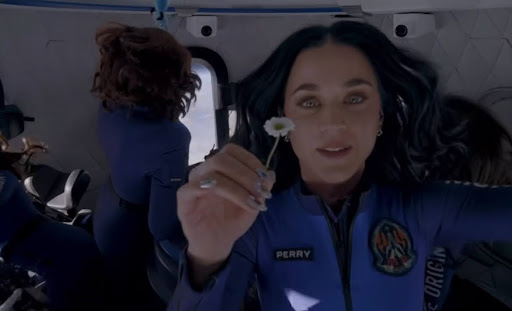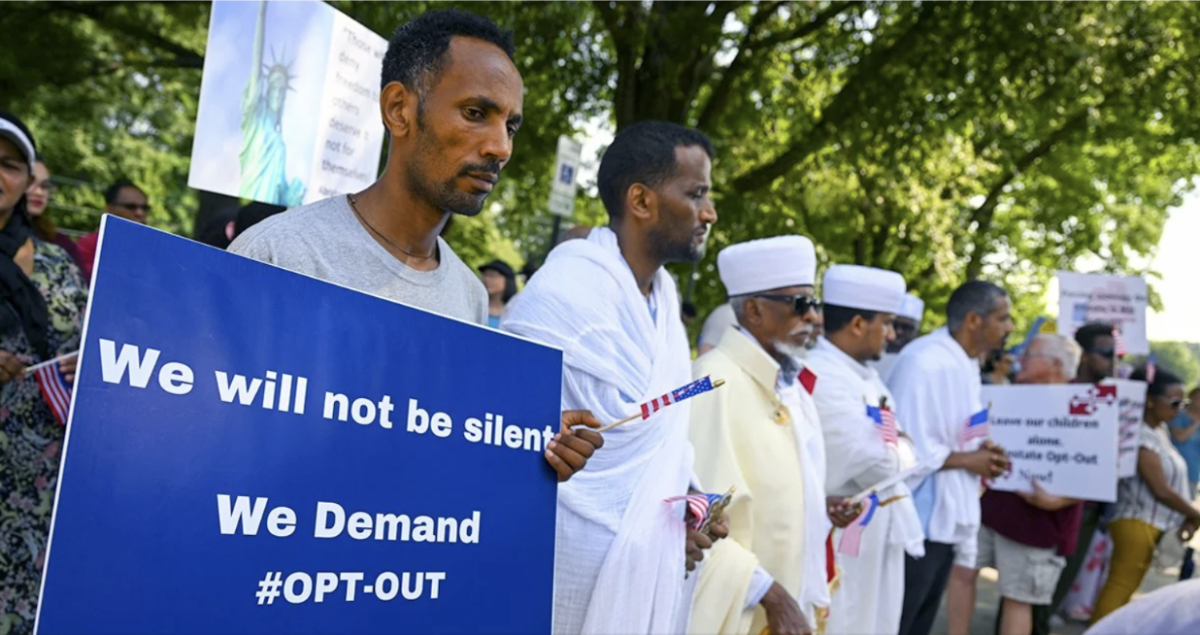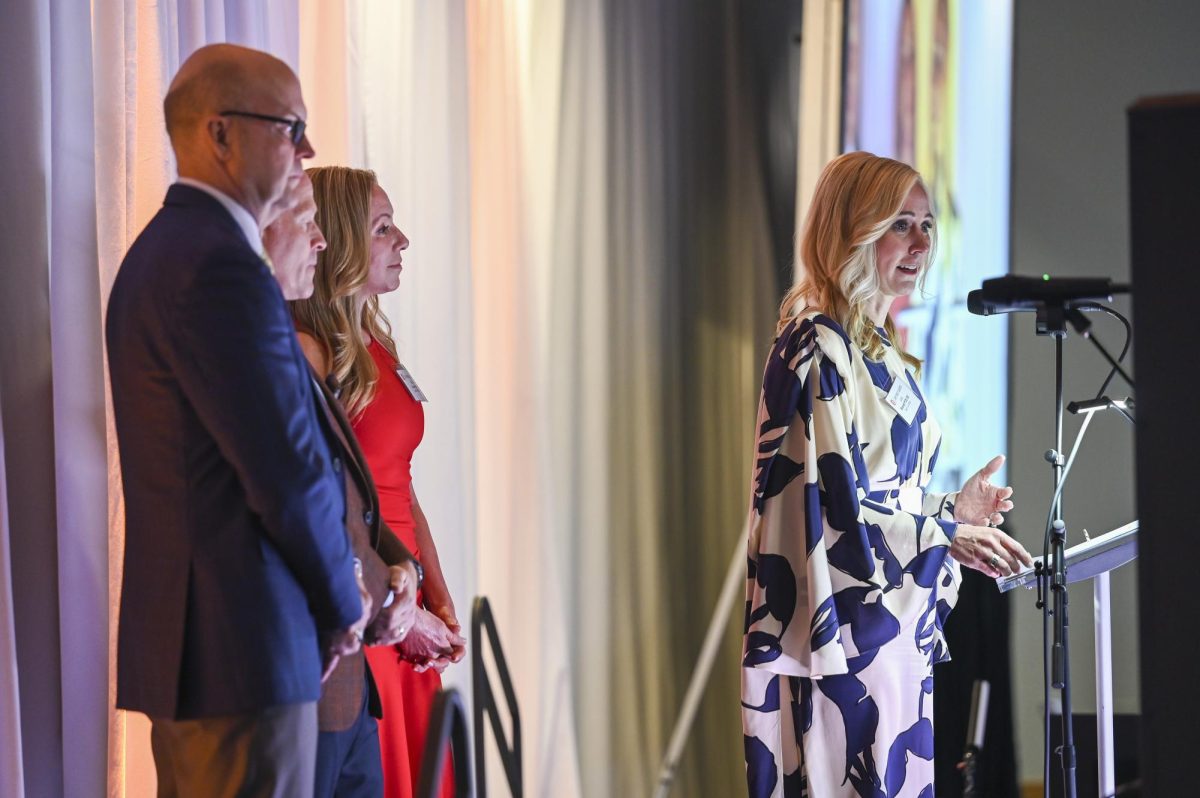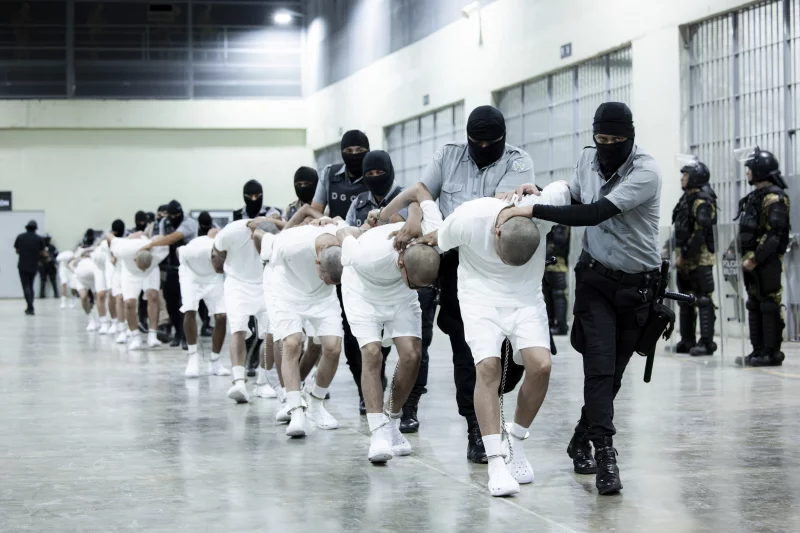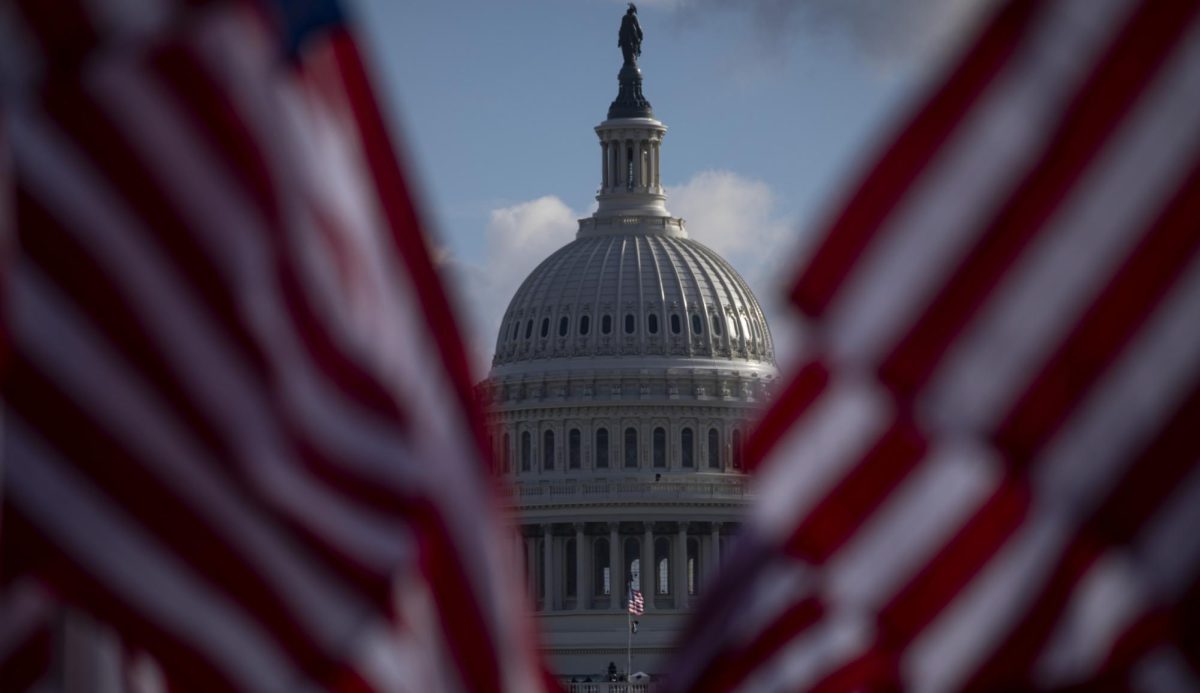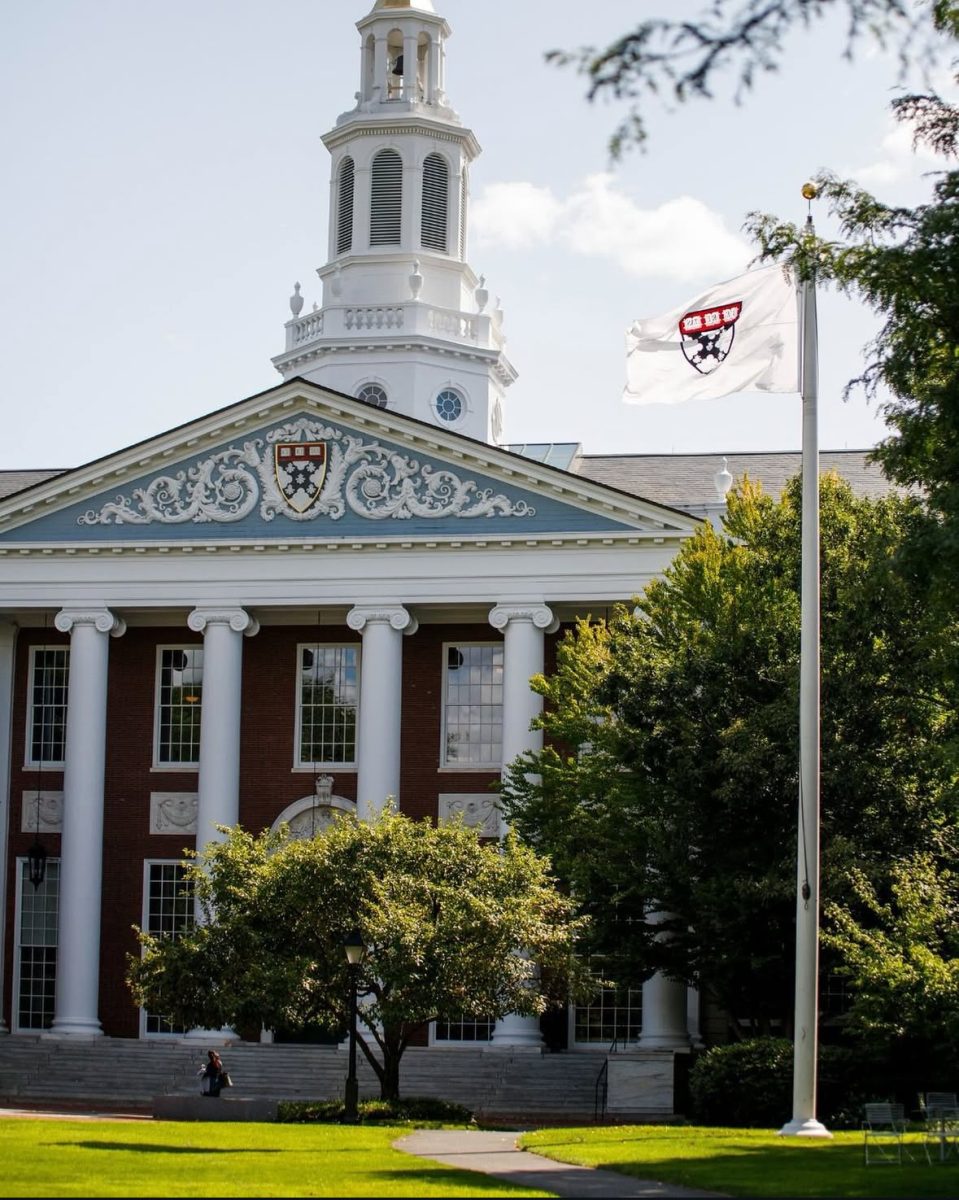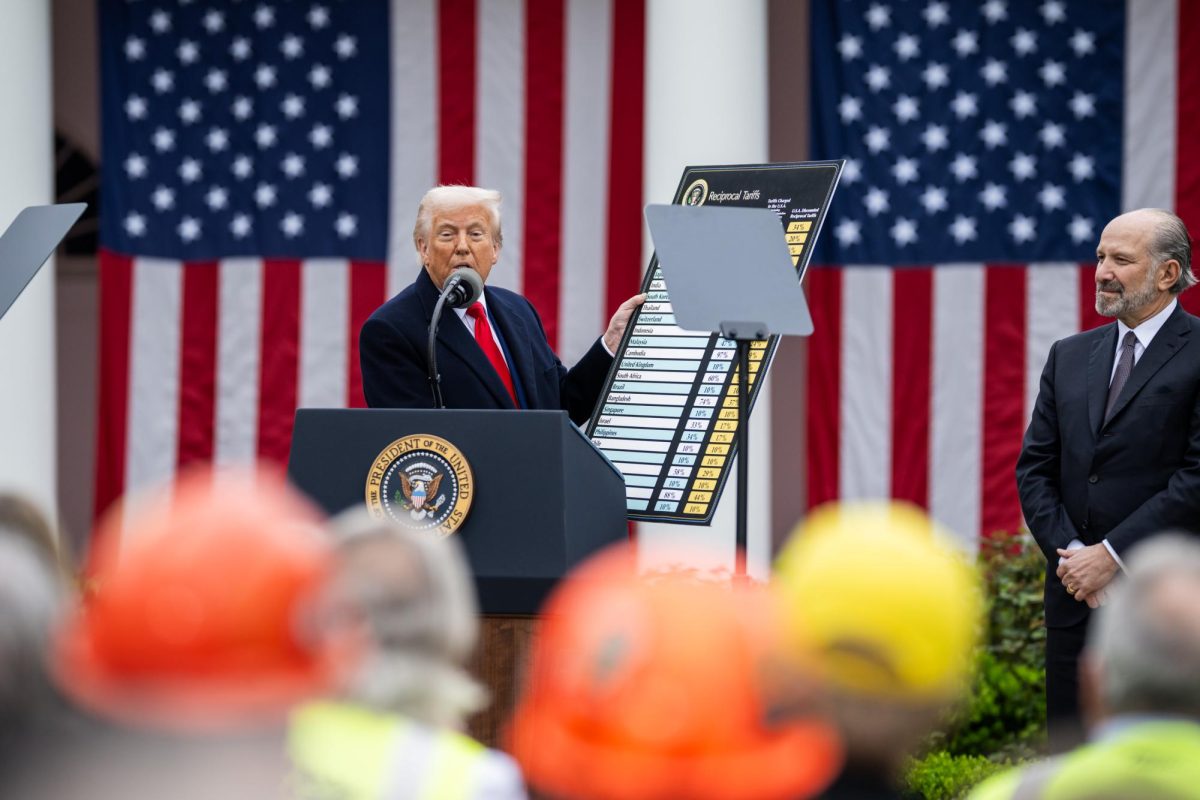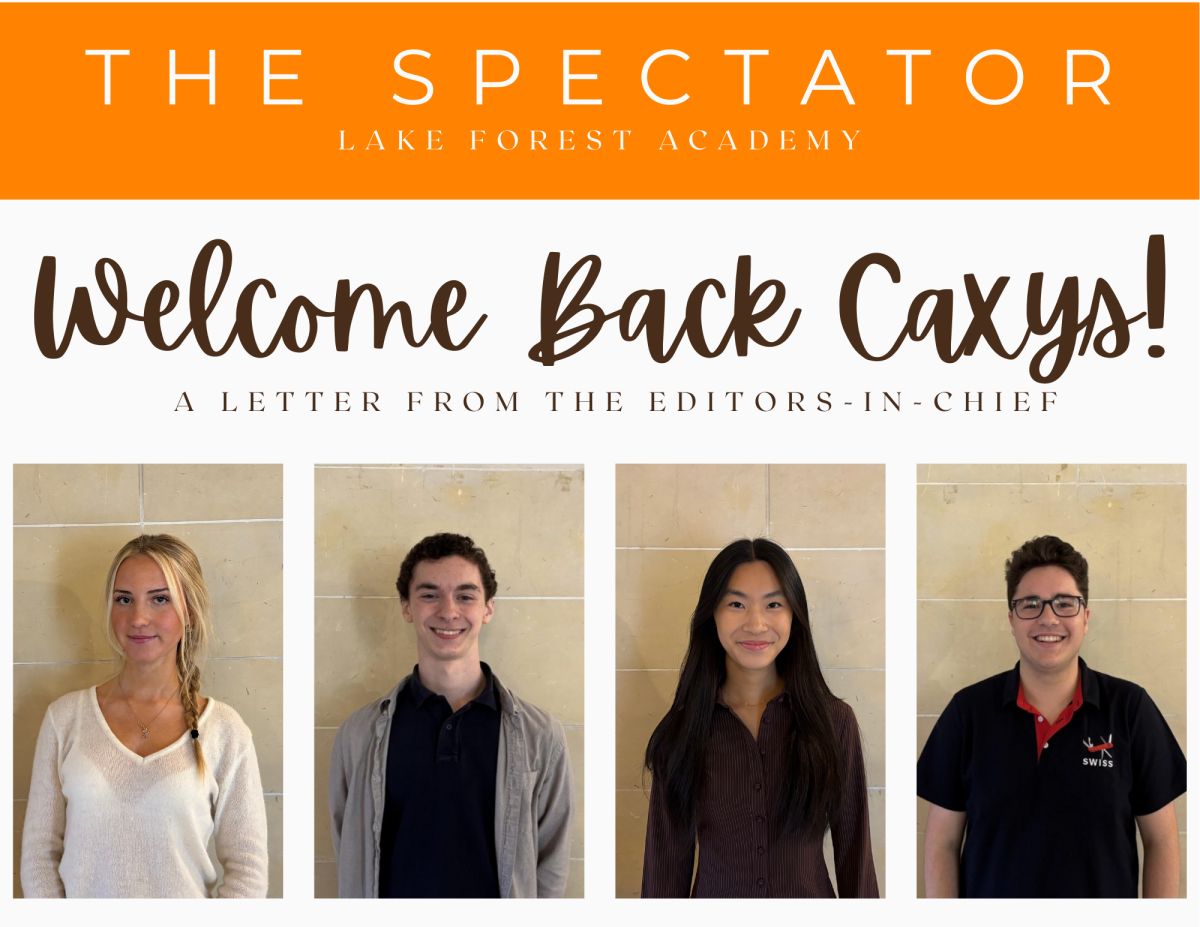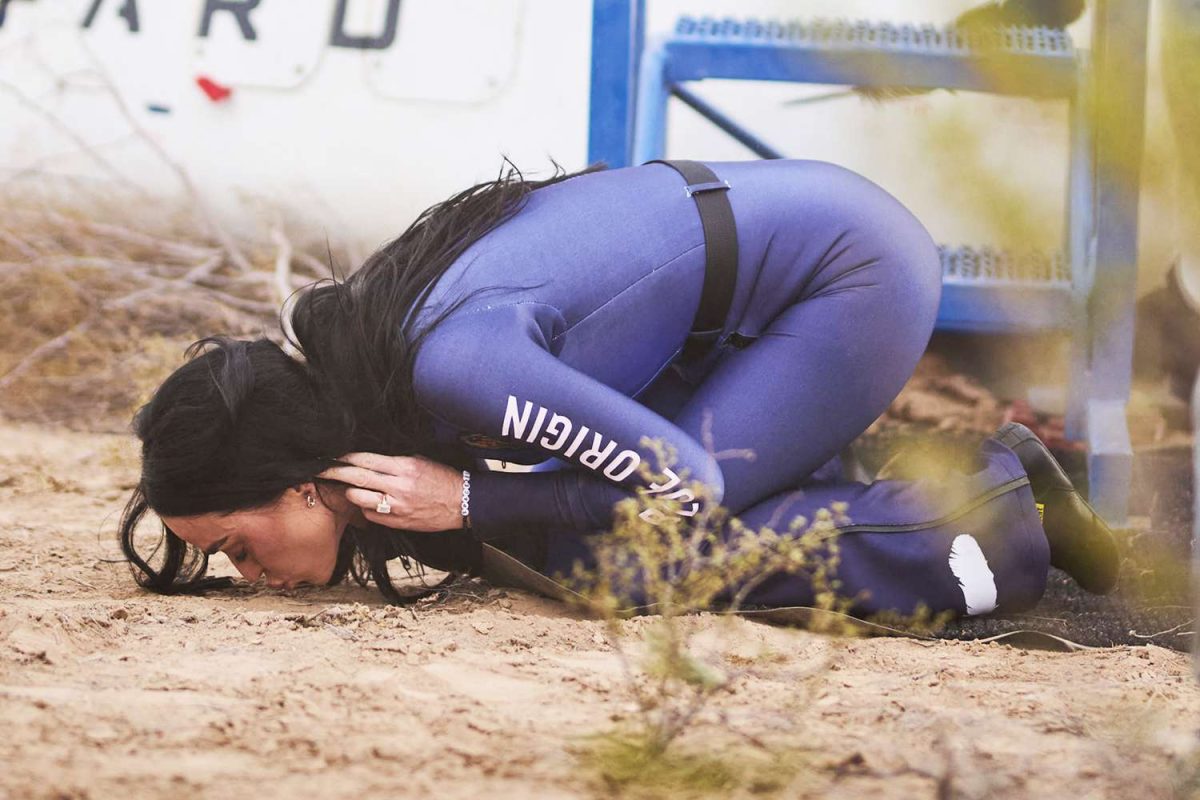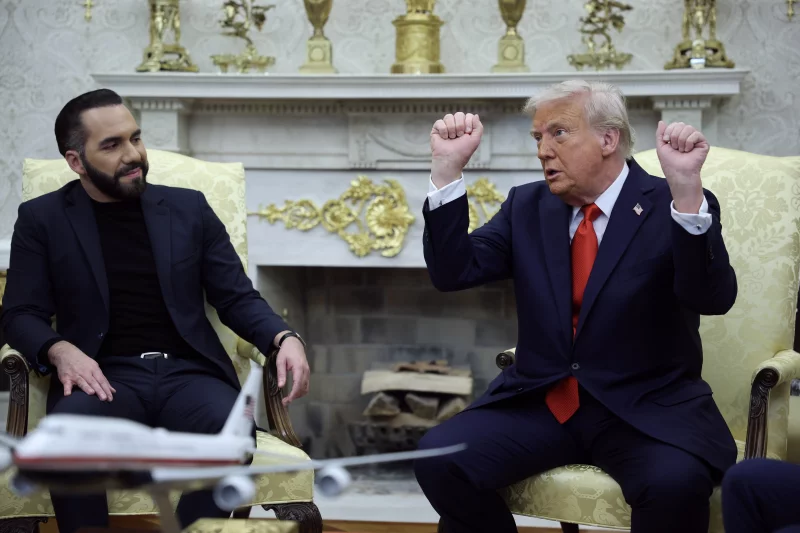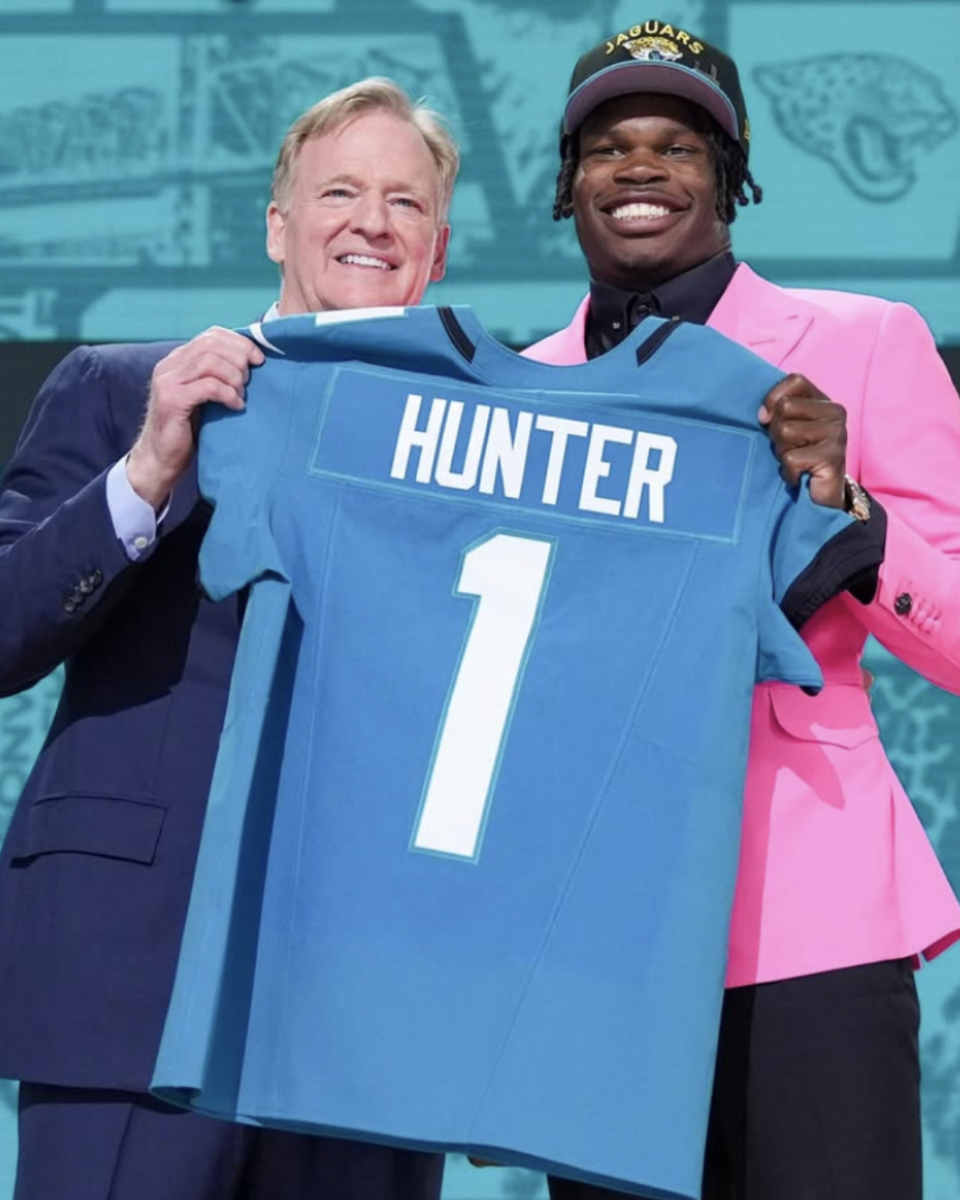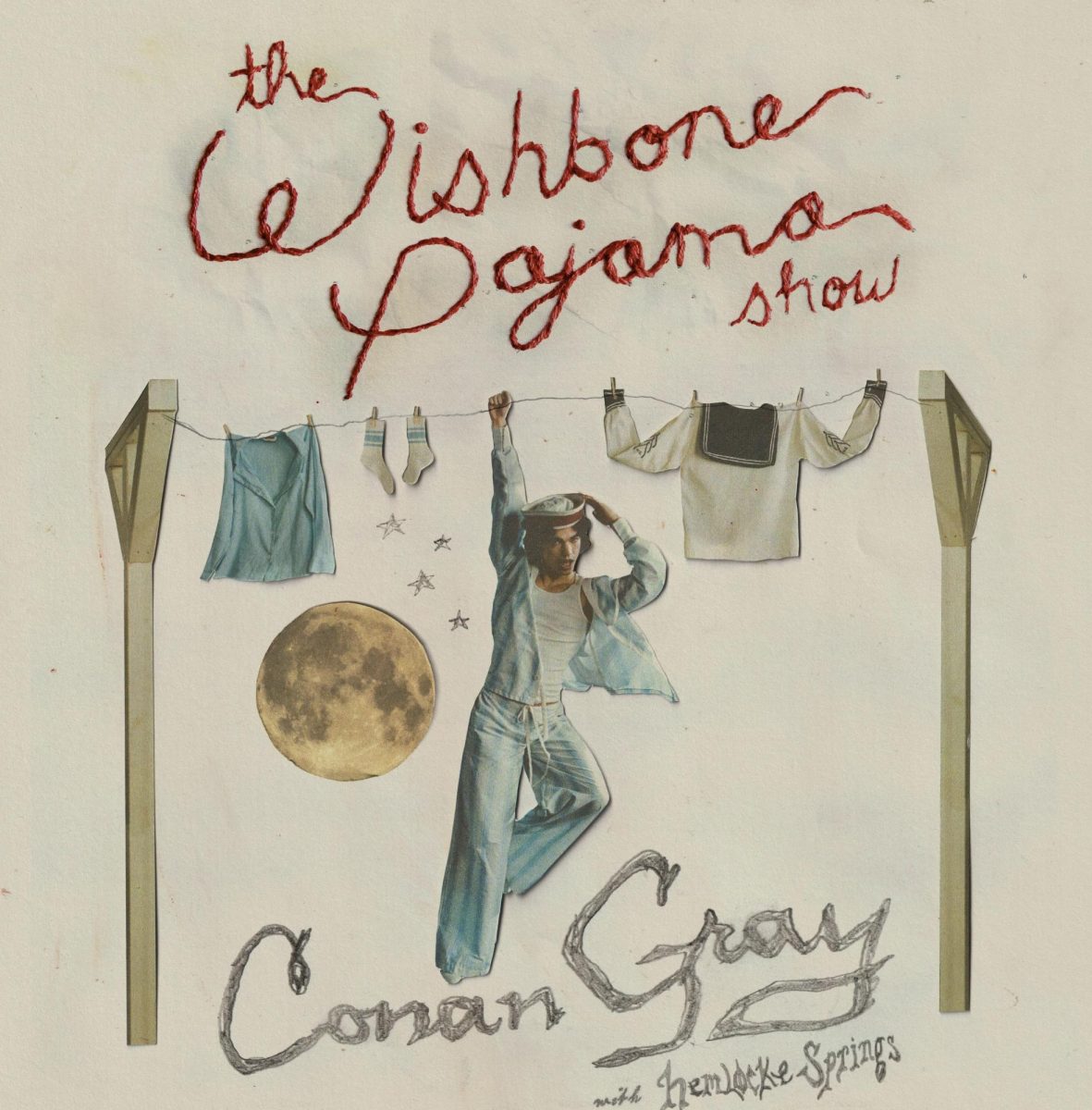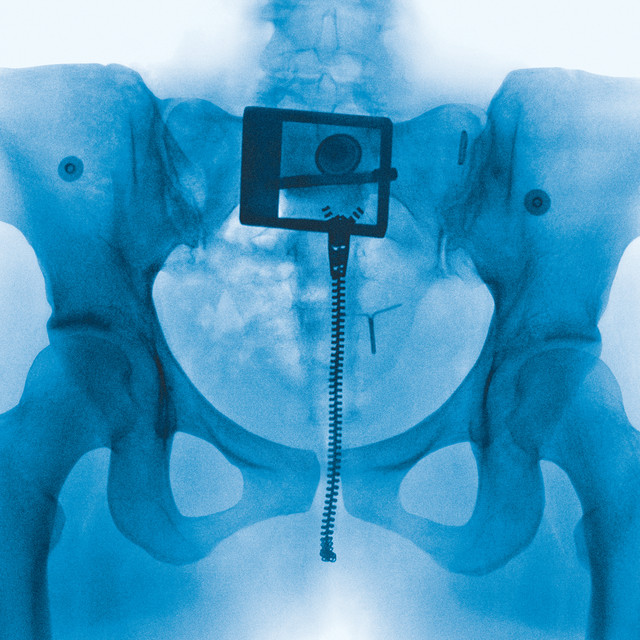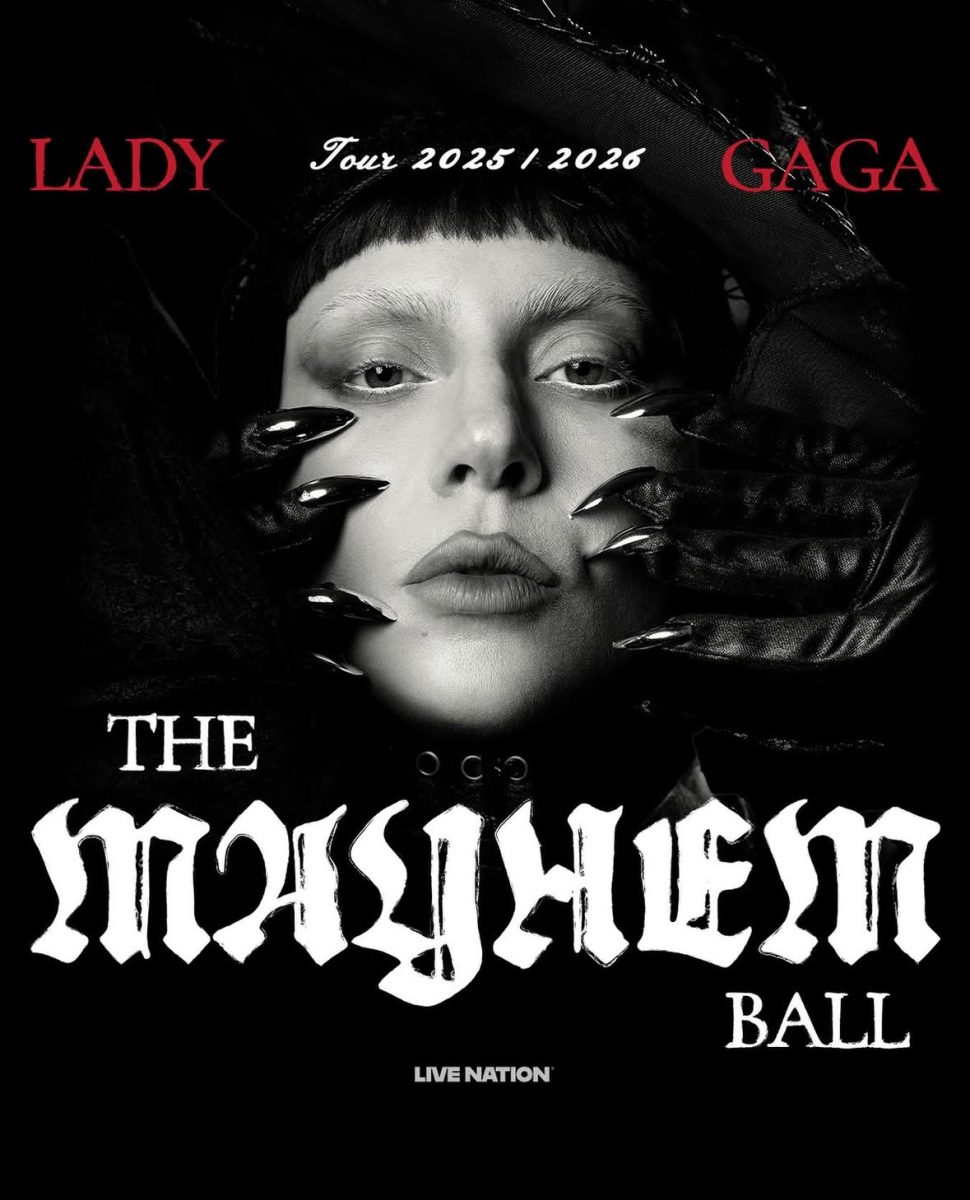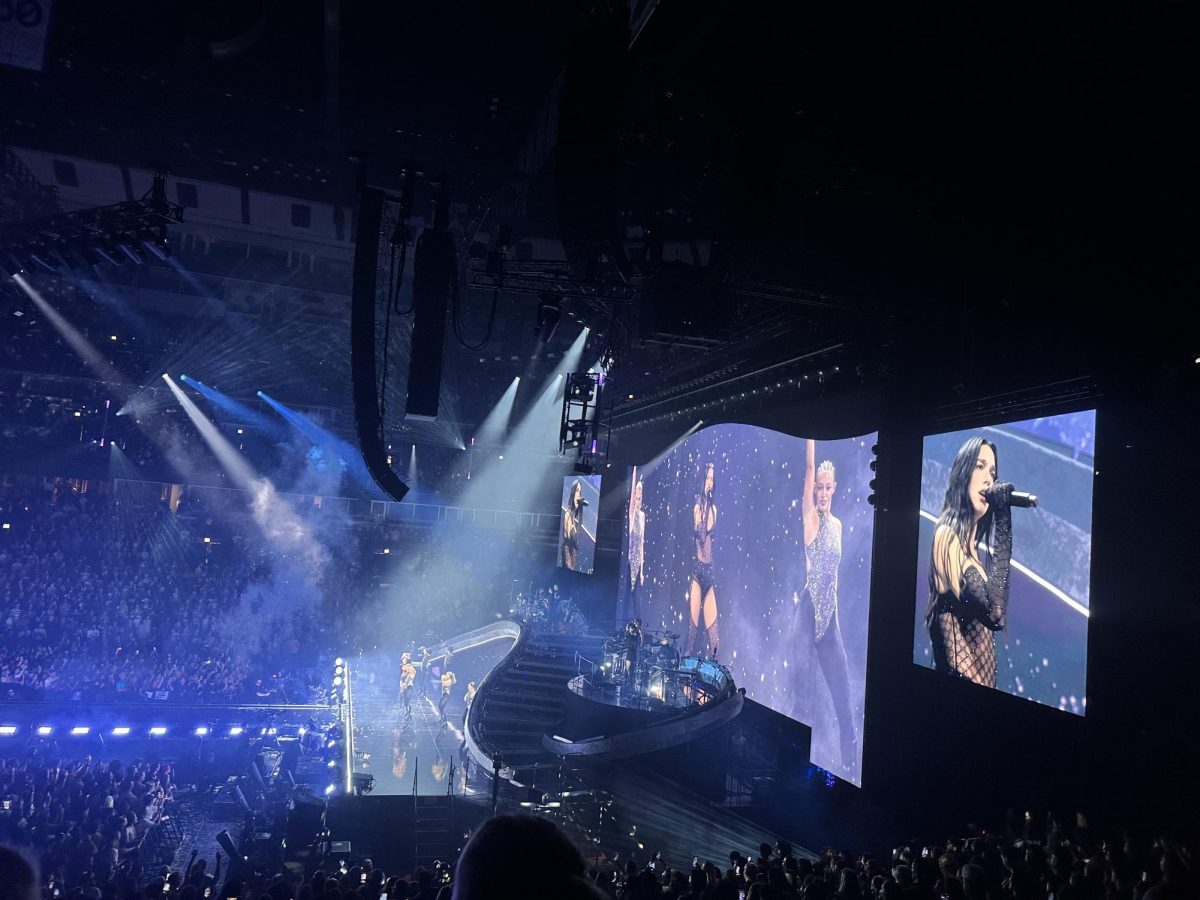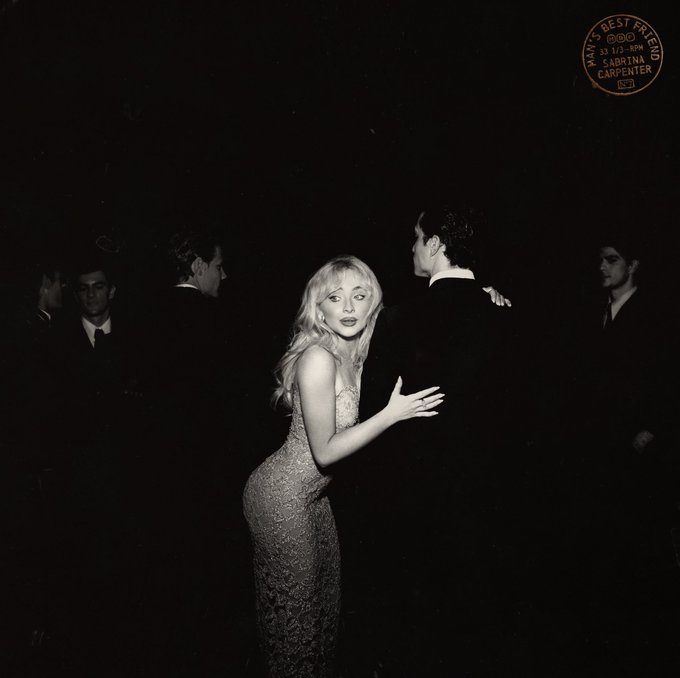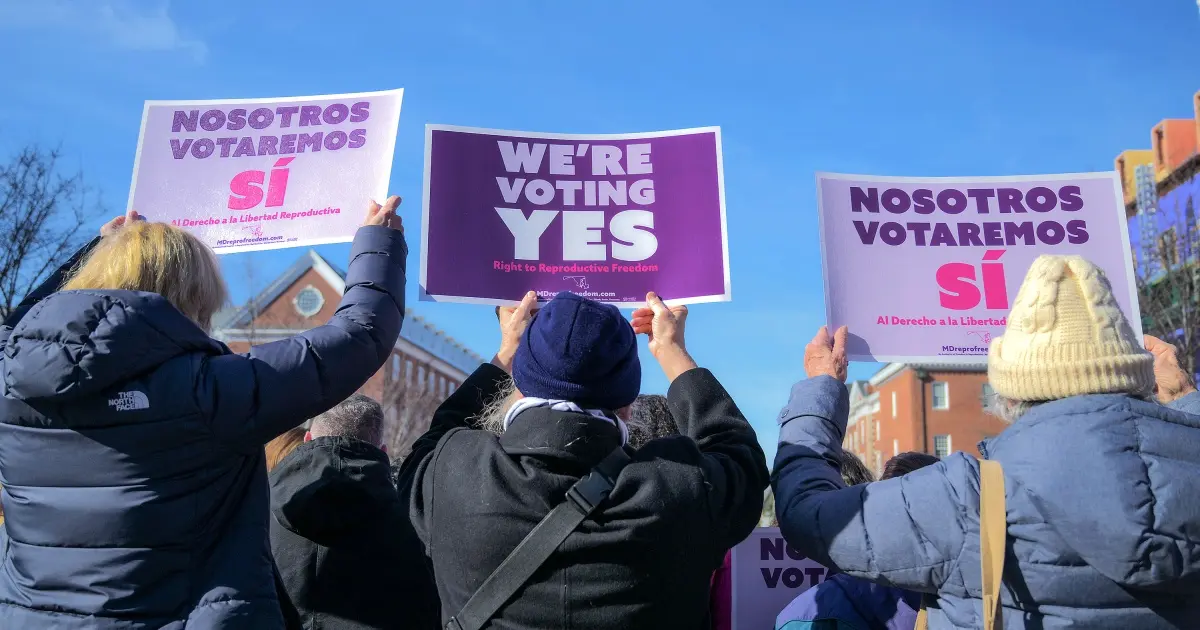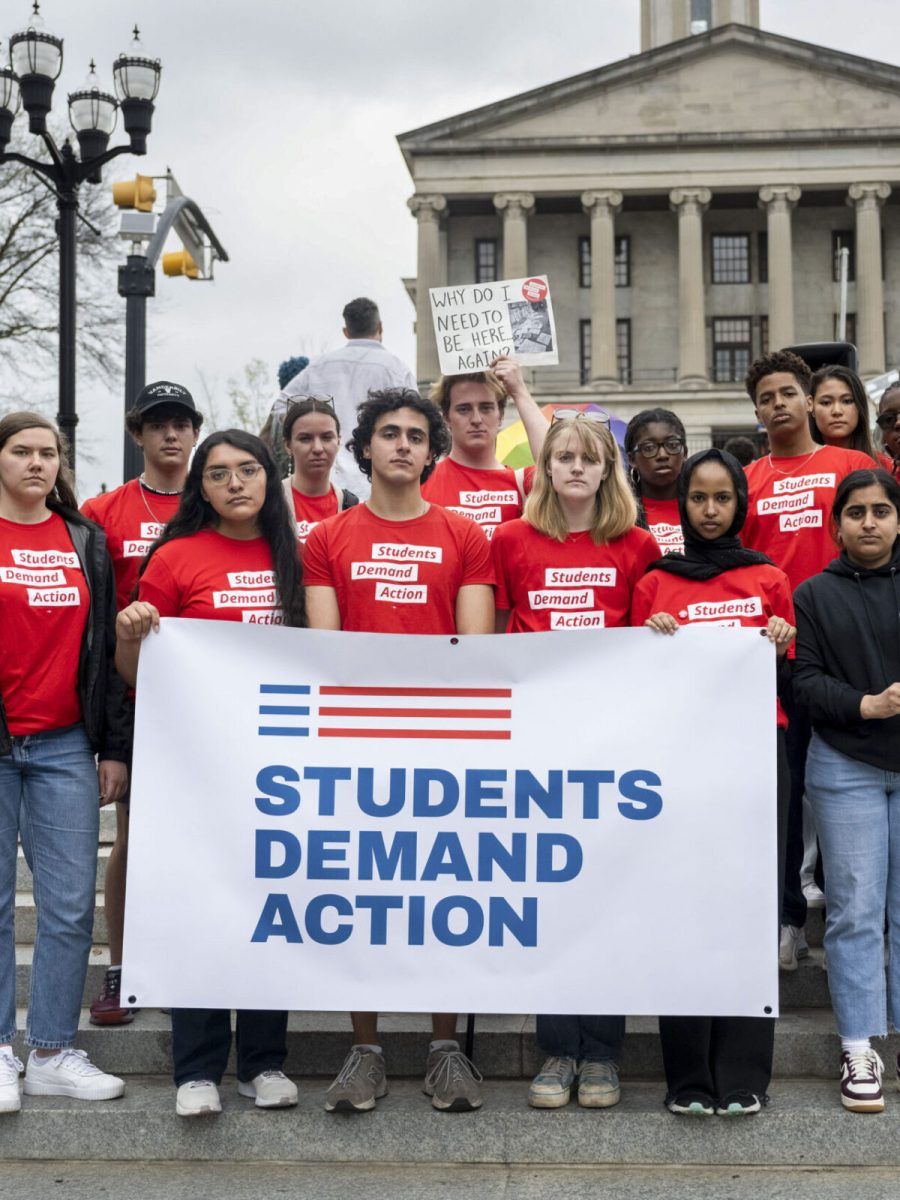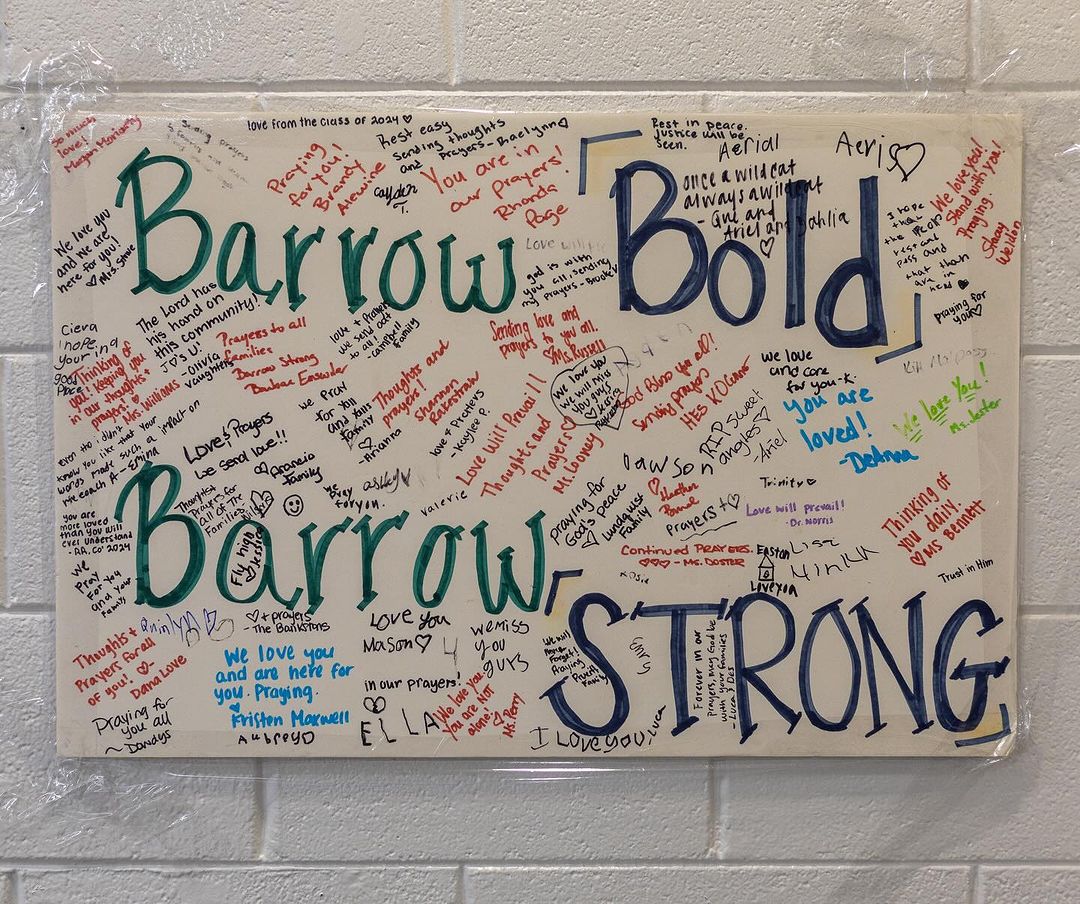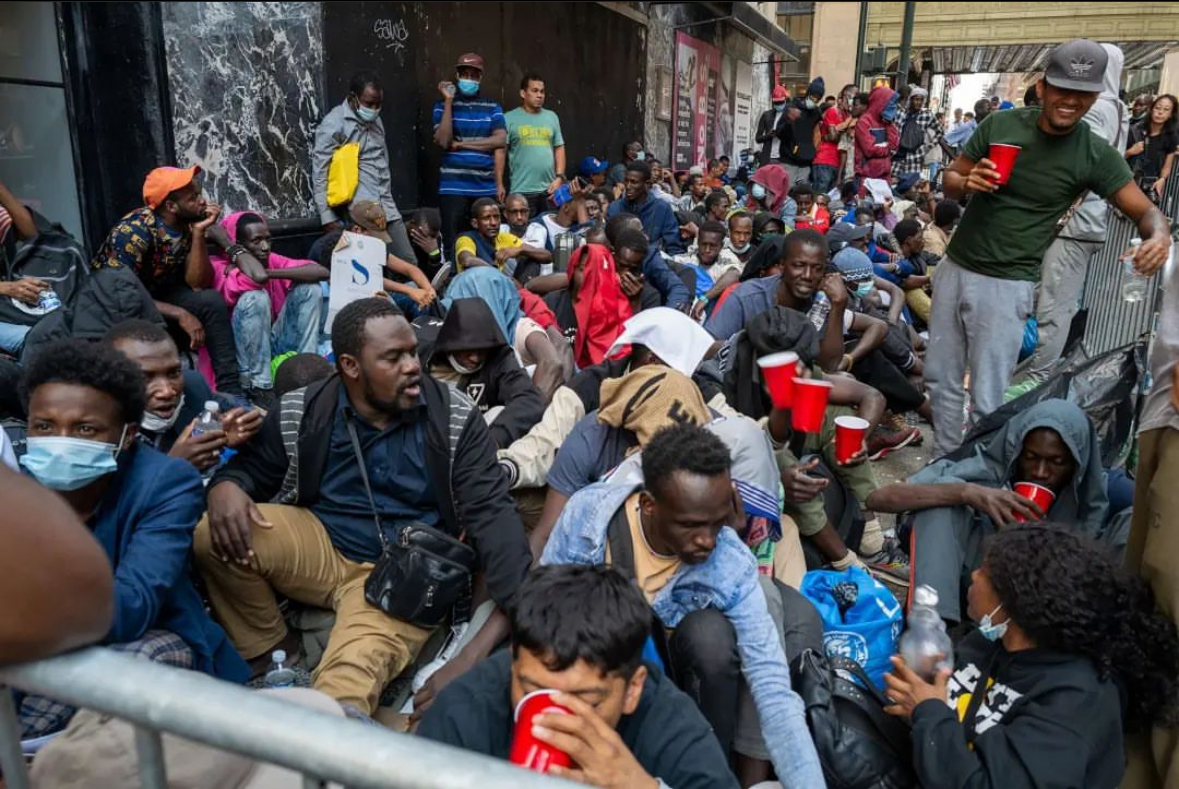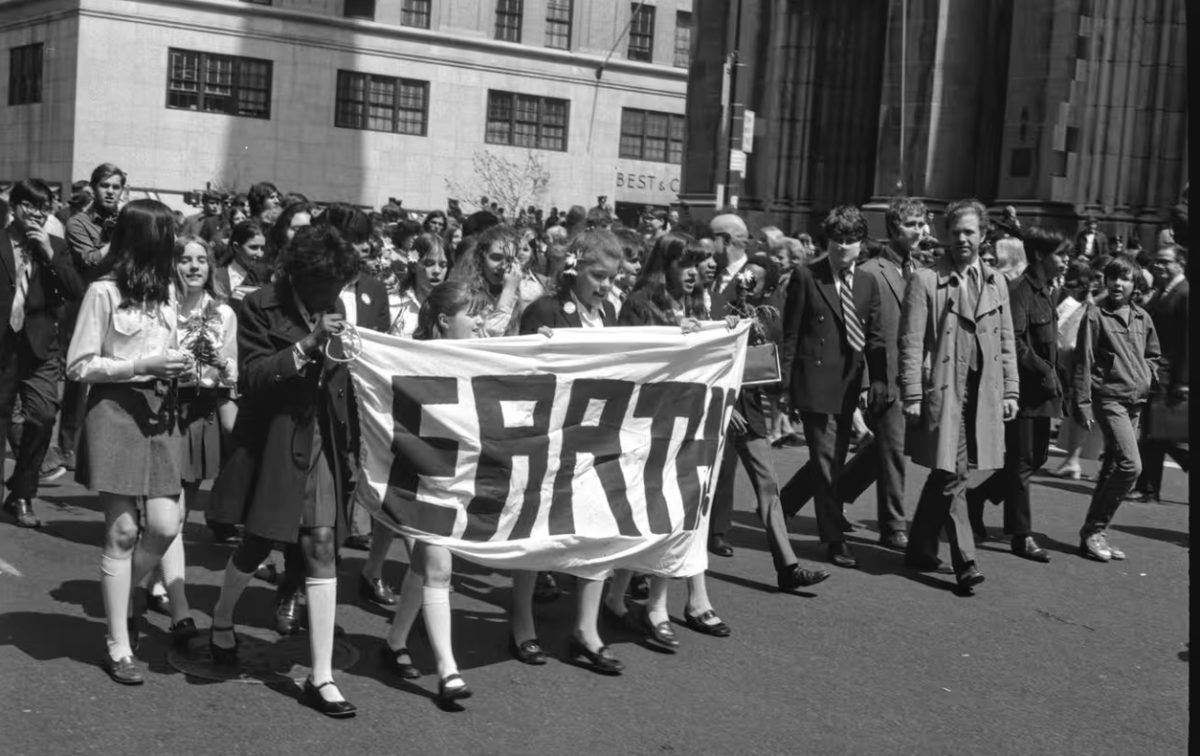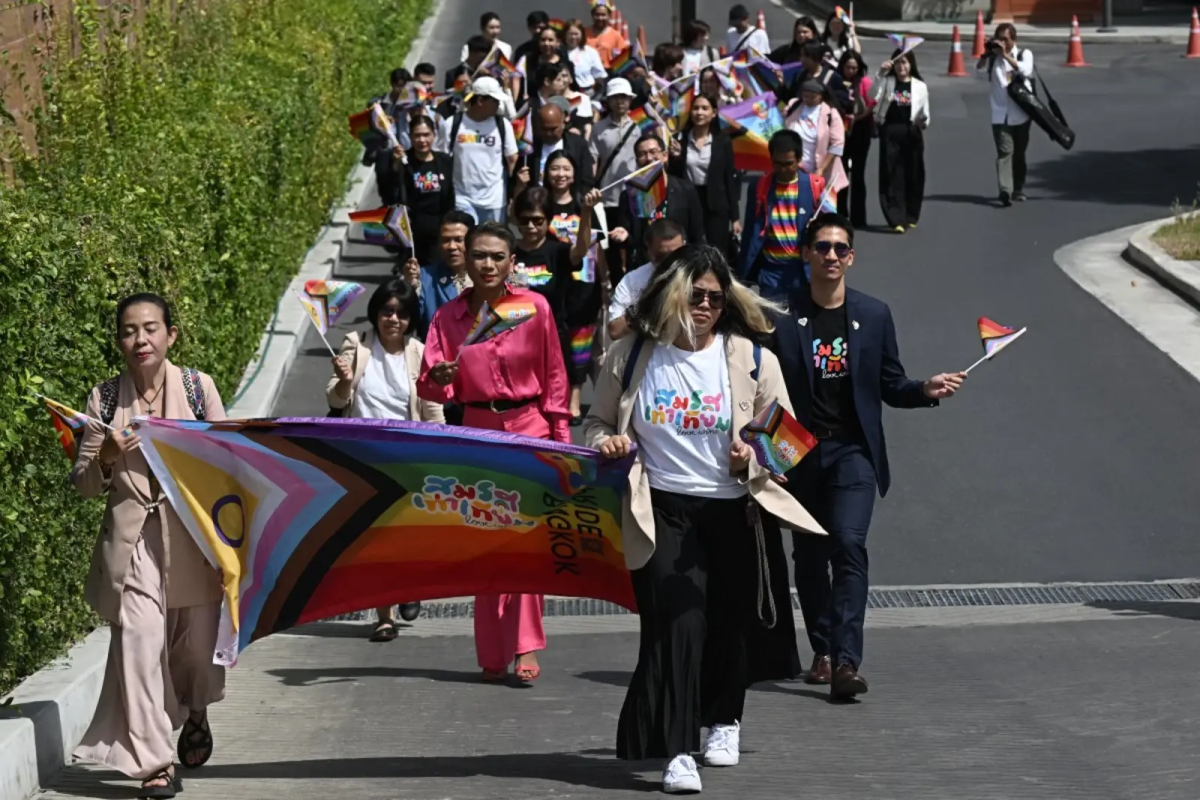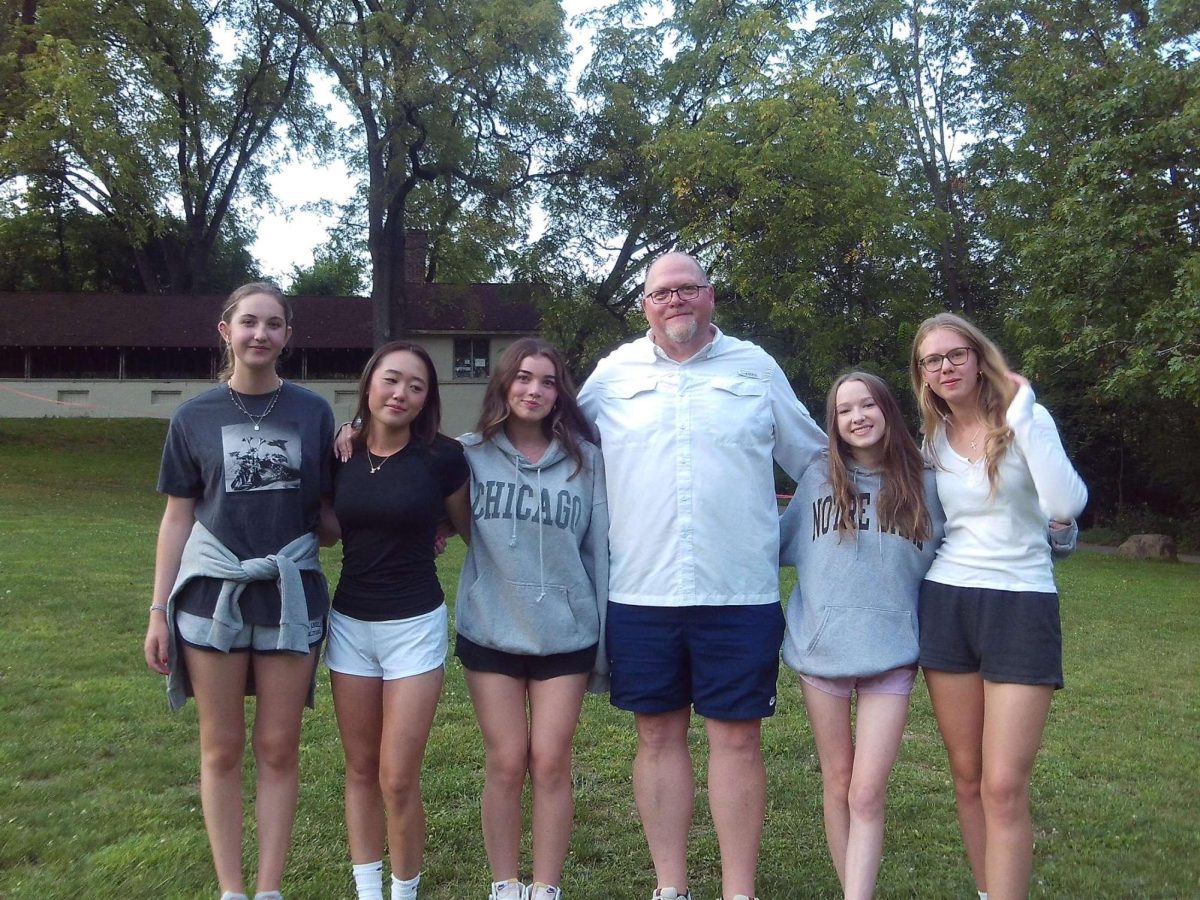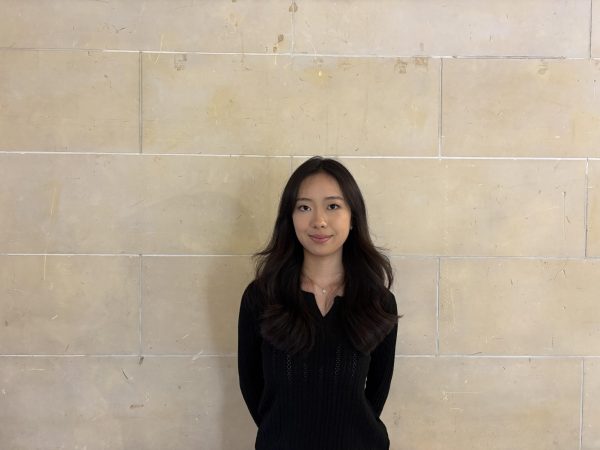
Lake Forest Academy’s prom theme for the 2024-2025 year is “The Great Gatsby,” which brought out some of the most daring fashion trends of the 1920s. From the flapper dress with swinging fringe and the bob hairstyle to sleek pinstripe suits. These styles, now regarded as classics, were once a complete reversal of tradition. As we recreate these looks, let’s explore how they revolutionized modern fashion with bold simplicity and playful elegance.
In the early 1920s, the First World War had a fundamental and irreversible impact on society, culture, and fashion. Women’s fashion changed completely in the 1920s, reflecting the era’s cultural shift toward independence and modernity. The flapper dress, the most iconic look, symbolizes the decade. The above-the-knee lengths and loose, straight cuts decorated with beads, tassels or sequins, shows more carefree and uninhibited than the lined fashions of previous decades. The Bob hairstyle, the most popular hairstyle at the time, embodied women’s newfound freedom. Sleek, short bob hair was often paired with a cloche hat, headband, or headpieces ( like diadems, circlets, and bandeaus), which added a unique twist to the overall look. Accessories such as long strings of pearls and T-strap shoes completed the look, reflecting the playful and sophisticated vibe of the era, and also complemented the energy of the Jazz Age. “The development of a more convenient, modern female wardrobe was a major trend of the 1920s and was achieved through the progressive simplification of dress as the decade advanced – a rejection of formality and multiple layers, in favor of comfort and a lighter, more natural effect,” dress historian Jayne Shrimpton said.
While women’s fashion was producing more fashion styles than ever before, menswear started to catch up. Before the 1920s, men characterized tall stiff collars and three-piece suits consisting of a sack coat with matching waistcoat and trousers as standard. Top hats were a norm for every gentleman in public and canes were also used by men before the 1920s as an elegant accessory.
After the 1920s, fashion now rejected formality and clothes that are lighter, comfortable and colorful were favored. The leading fashion country for men Great Britain introduced soft collars and one to two button suit jackets with more design and colors than before. Pinstripes, British wool and English tailoring were popular patterns of the time.
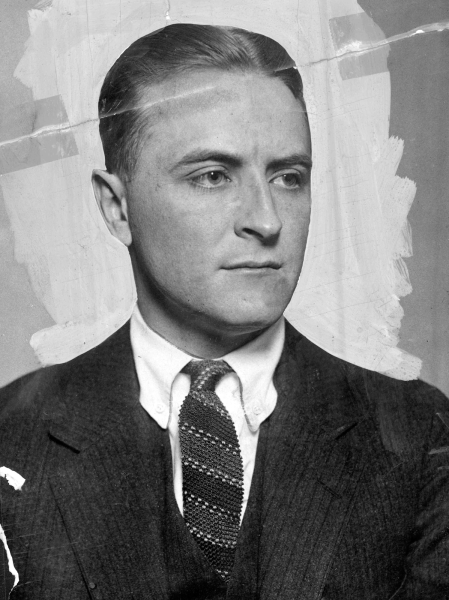
“British men were perceived to be sartorially the most elegant, and fashionable men hoped to emulate the style and heritage of Savile Row and the English Elite,” Martin Pel, the curator of fashion and textiles at Brighton Museum said.
Hollywood icons and jazz musicians helped redefine the male silhouette. Wide-legged Oxford bags, two-tone spectator shoes, knitwear and plus-fours became stylish alternatives to rigid suits. Casual wear and sporty looks grew popular, including pullovers and argyle socks. The rise of modernity inspired inventions of lighter, sleeker clothes choices.
The 1920s marked another step in humanity’s journey toward cultural change, creativity and freedom. Both women’s and men’s styles broke away from outdated norms, introducing lighter, livelier and more expressive looks. As Lake Forest Academy brings “The Great Gatsby” to life for prom, students are celebrating a century-old legacy of fashion revolution.

